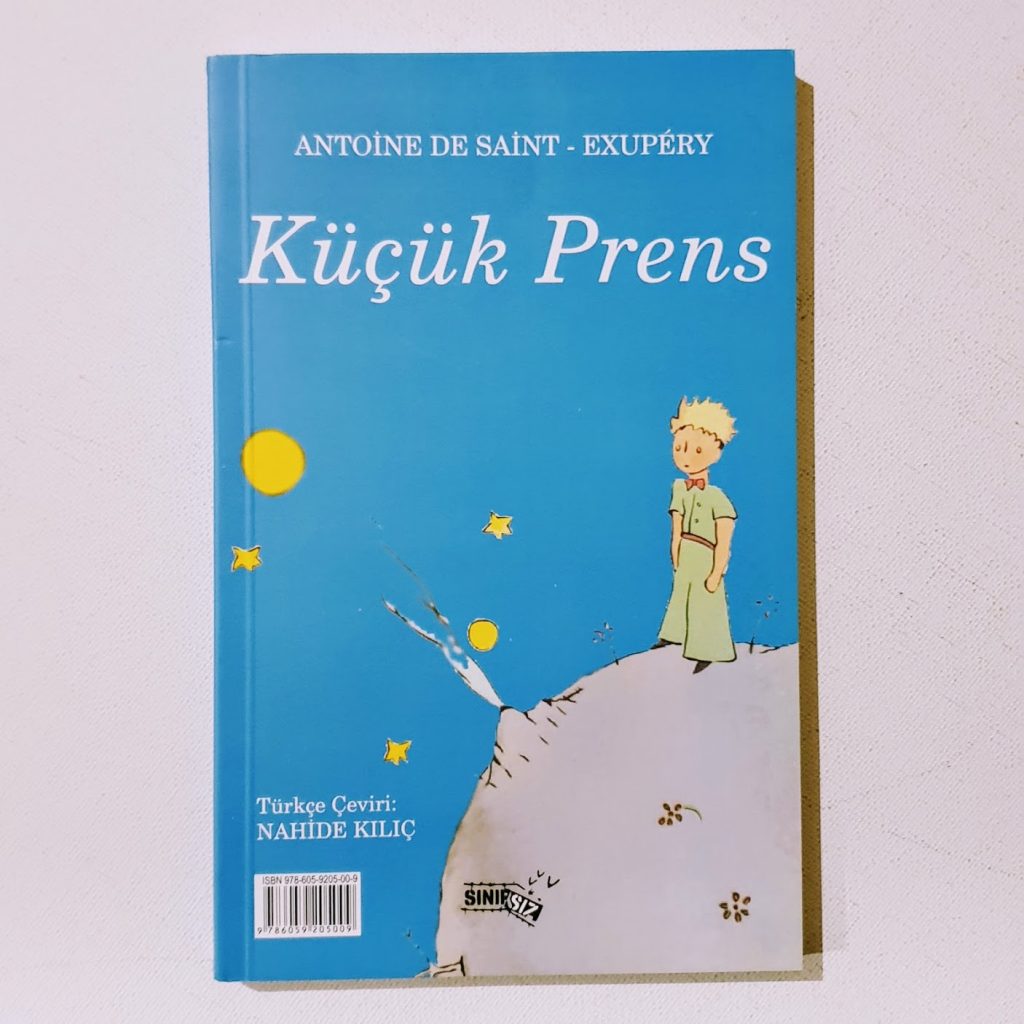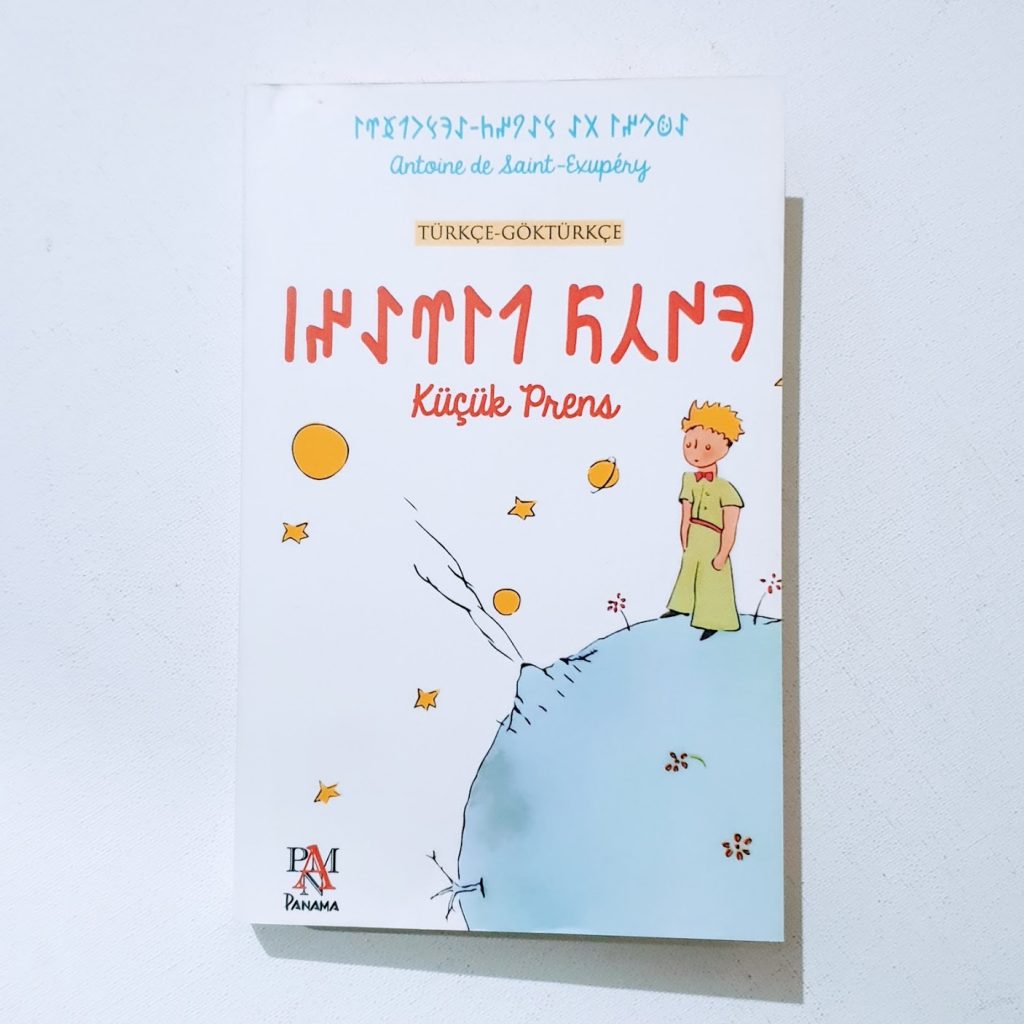
Küçük Prens, in Modern Turkish language.
Turkish is a member of the Turkic language family, which is a branch of the larger Altaic language group. The earliest records of Turkish date back to the 8th century in the form of Orkhon inscriptions. Over centuries, the Turkish language has evolved significantly. It was influenced by Persian, Arabic, French, Italian, English, and many other languages, especially during the Ottoman Empire era. In the early 20th century, Mustafa Kemal Atatürk initiated language reforms to modernize and simplify Turkish. This included replacing many Arabic and Persian loanwords with Turkish equivalents and adopting the Latin alphabet.

Turkish uses a modified version of the Latin alphabet, consisting of 29 letters. The alphabet includes unique characters such as ‘ç’, ‘ğ’, ‘ı’, ‘ö’, ‘ş’, and ‘ü’. The typical word order in Turkish sentences is Subject-Object-Verb (SOV), though it can vary for emphasis or stylistic purposes.

Küçük Pirens, in modern Turkey language, written in ancient Old Turkic script (also known as variously Göktürk script, Orkhon script, Orkhon-Yenisey script), which is the alphabet used by the Göktürks and other early Turkic khanates during the 8th to 10th centuries to record the Old Turkic language. The script is named after the Orkhon Valley in Mongolia where early 8th-century inscriptions were discovered in an 1889 expedition by Nikolai Yadrintsev. These Orkhon inscriptions were published by Vasily Radlov and deciphered by the Danish philologist Vilhelm Thomsen in 1893.


